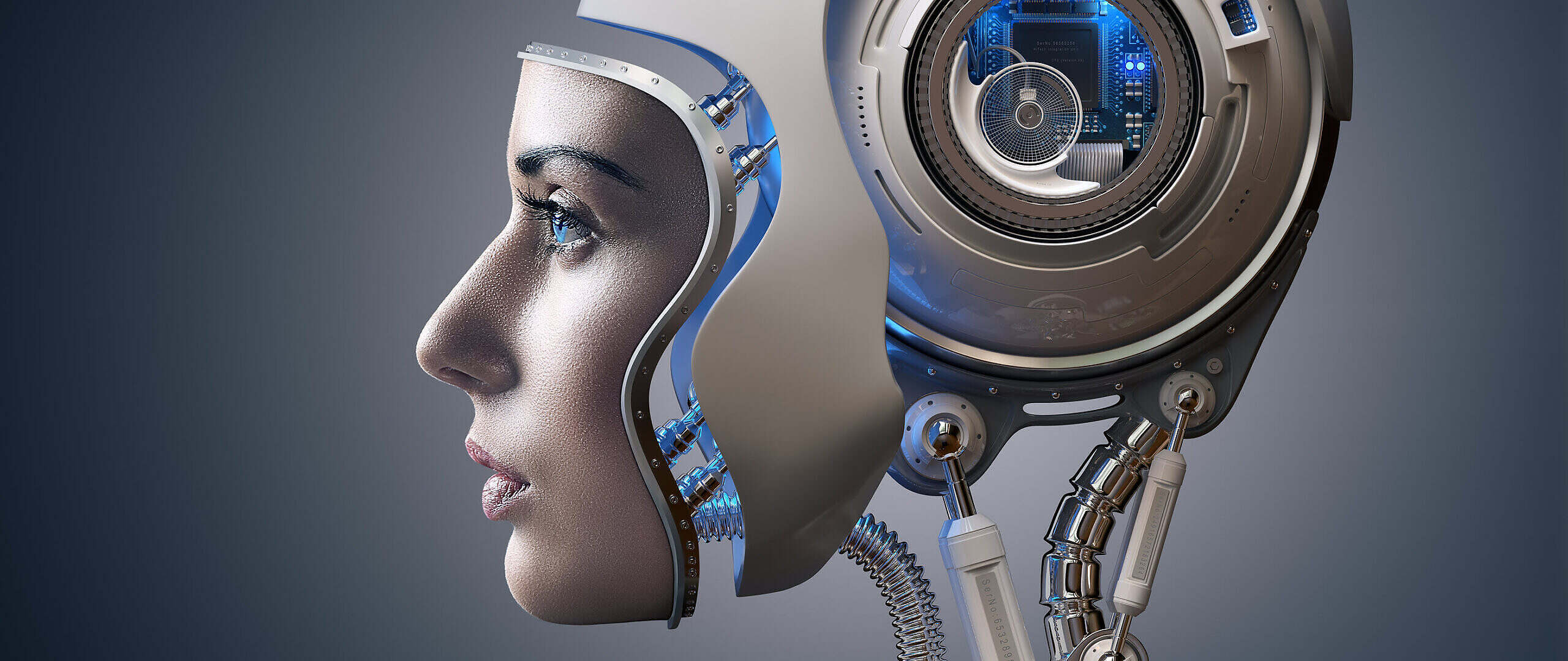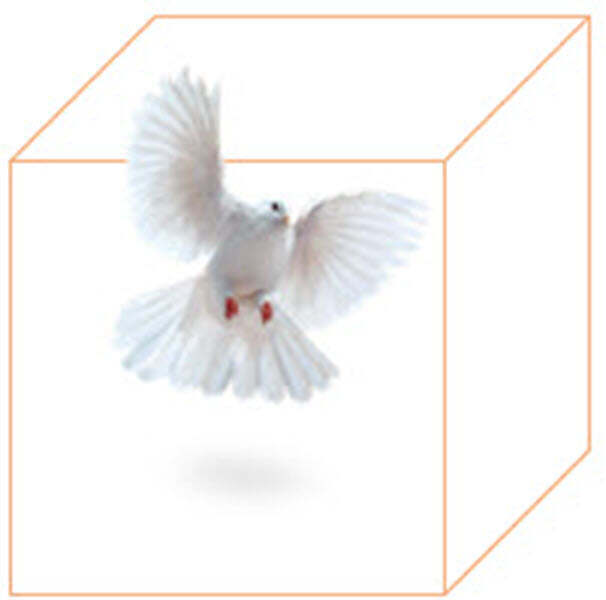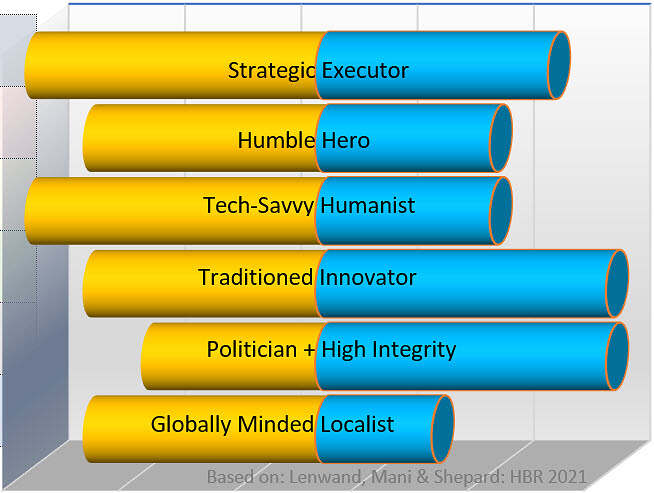The Startling Shifts in a Digitized Generation (Part 4 of 8)
Previously published in LinkedIn 2019SEP06
Part 4/8 of – Transformation Flows, Flaws, and Fails
- How to understand a Digitized Generation’s impact. Not grasping these DeeGees’ mindframe – is how “innovators” end up creating mere extensions.
- Defining the mission both clarifies and delimits. Example: “interface innovation” mostly ends up with “form factor” exercises. It’s how only a few see it’s about the stream, not the interface; the neuron, not the finger.
- Similarly, Transformation implies a destination; Transforming is an approach. And we’re in a fluid, streaming world.
“Hey,” says Bledge. “Remember Inevitable – Kelly’s book? He looks at how cars are fading as ego avatars of the American culture, Owning versus Using. My 21 year old gets that. Renting opens up choices. A car to match the errand or mood. Like shoes in her closet.”
“ ‘Units-of-usage thinking,” I nod,” Goes hand-in-glove with another DeeGee ethic: having a ‘smaller footprint on earth’. That DeeGees mindframe.
“Last week, I was having a coffee at Stanford’s Tressider, next to a table of students talking about ‘intellectual commons’. The apparent consensus surprised me – for creative work as open, community pasture lands . I think Kelly tackled this in his book as well.”
“DeeGees are pragmatic, too. Like how intuitively they grasp complex-systems risks of an internet that was after all, conceived to be wide open. My son simply shrugs, saying, ‘So don’t do stupid. And expect to be hacked. Hacks will happen.’
Containers that trap the Innovator mind “If a technology company thinks in terms of devices and interfaces, it will have a major interface innovation team.
“So, picture a neuroscientist, she’s saying, ‘Hey, guys, whoah! It’s not about getting a nicer widget between the info stream and my face –!’
Bledge finishes the scenario for me, “And most of us shrug and stick our heads back into containers; while MIT guys head for the synapse.” Bledge’s caricature cracks up Rex. “The task, ‘decontainered’, is then better understood as How to get the info to thought or even to action, with the least or near-zero delay, friction, loss, distortion, or constraint.”
That end of the string. I shift our talk to Rex’s original puzzle about operationalizing transformation. “We techno guys preach agility like it’s our invention entirely, don’t we?”
Rex shrugs, “Well, cyclic, continuous improvement – Deming and the Japanese quality folks gave us that decades ago. Performance indices to balance financial ratios’ retro-perspective – we have BSC KPI’s; and that’s probably rooted in the old French Tableau de Bord.
“The world, fluid and complex – I get that. That people make or break the situation, sure – plus they’re just too complicated to fix in time anyway. But I hope you’ve got an easier approach than my old coach saying ’Keep an eye on the feet, and the other eye on the goal!’
“Well, taking stock of the situation,” I check off with my fingers: ” I have increasingly fluid (a) content and (b) context. Likely, I’d have no practical influence to change rigid (c) structures. Which leaves us with the Information communications (d) process – but it’s a central and powerful tool, if you recall Boyd’s OODA model for complex situations.
Finally, our all-important (e) people. Though of course, we’ll find there’s always a few pulling my string the other way.”
“Every time,” nods Rex, laughing.







